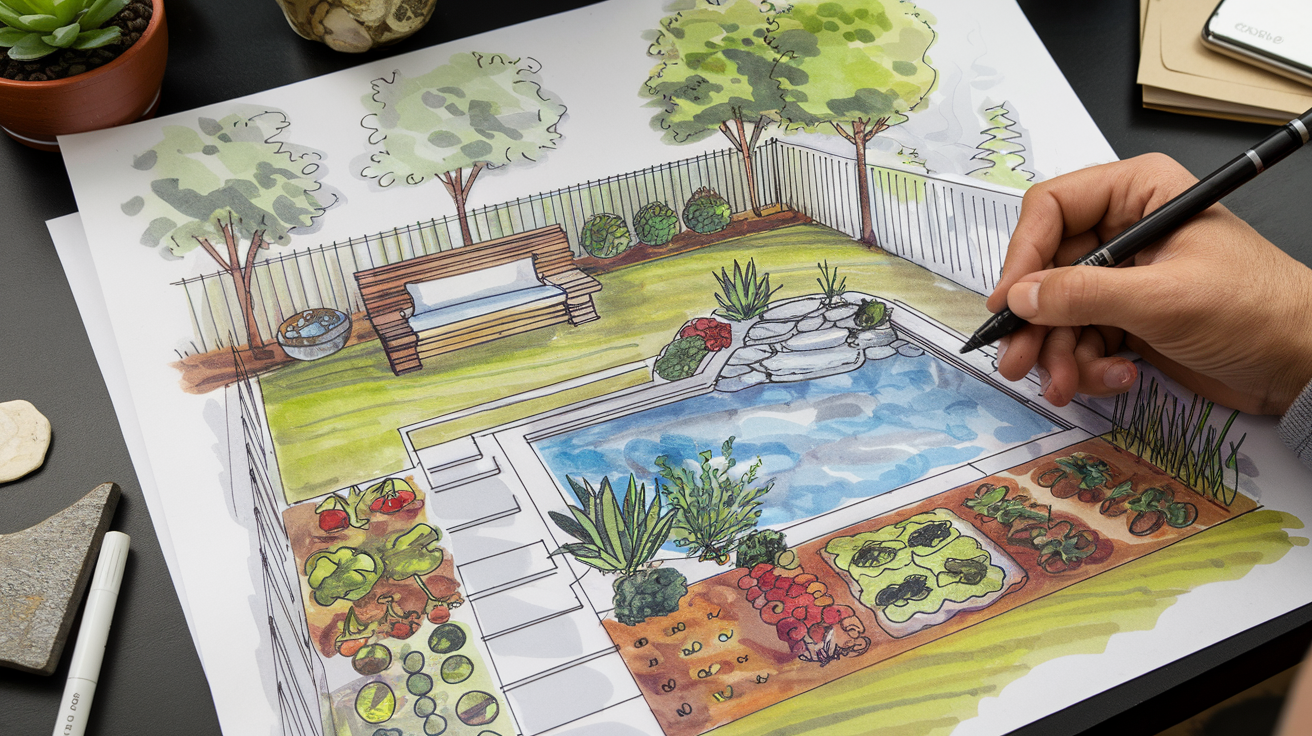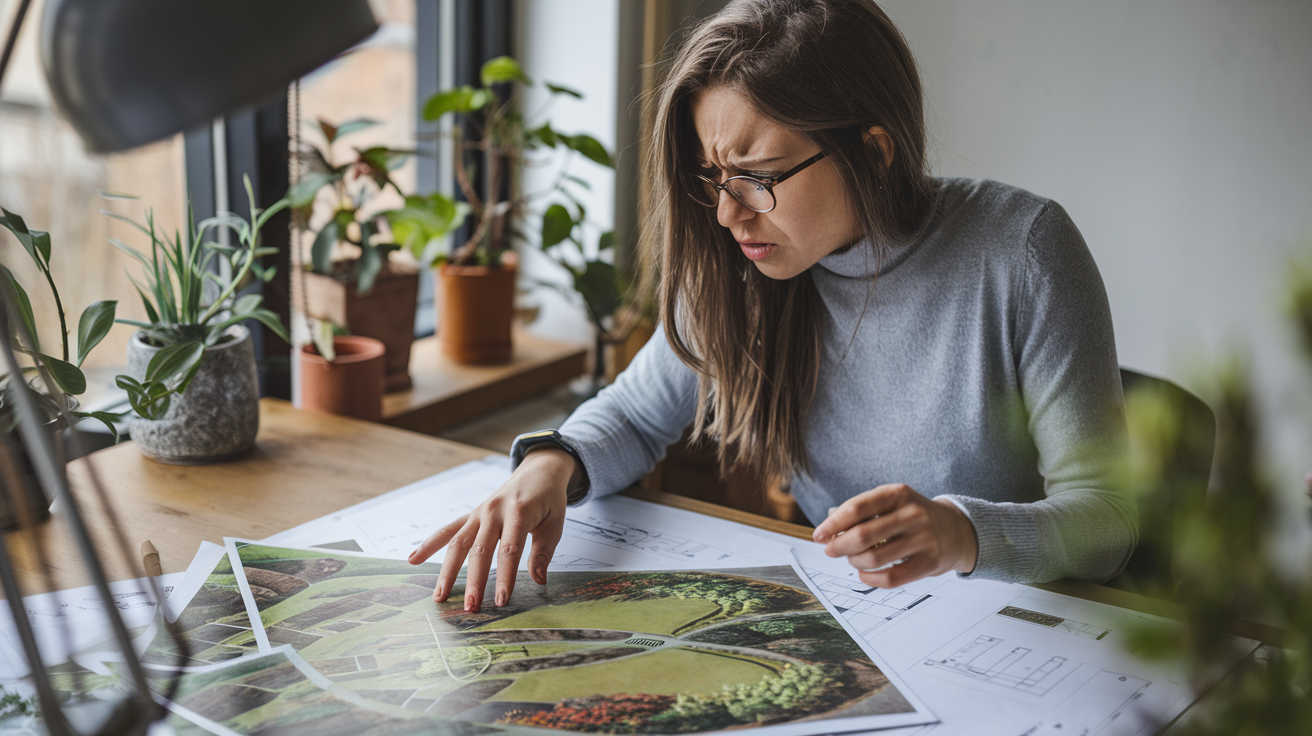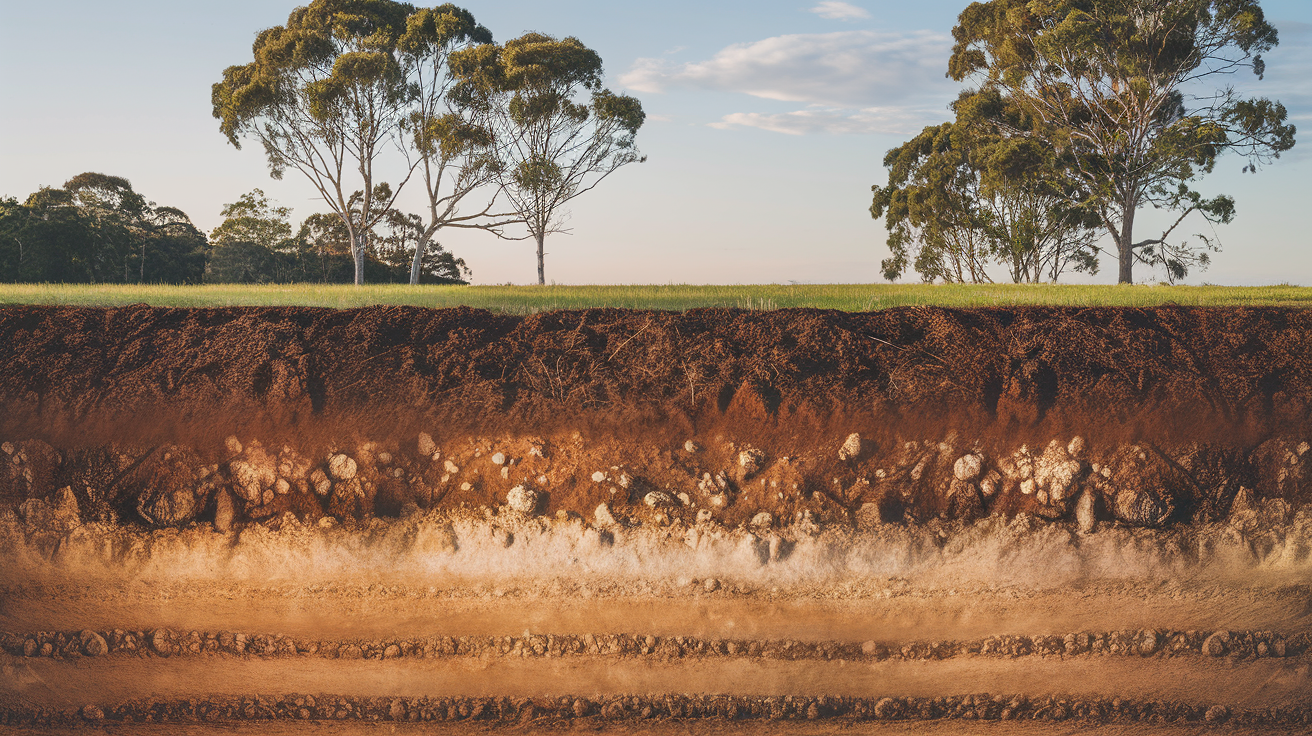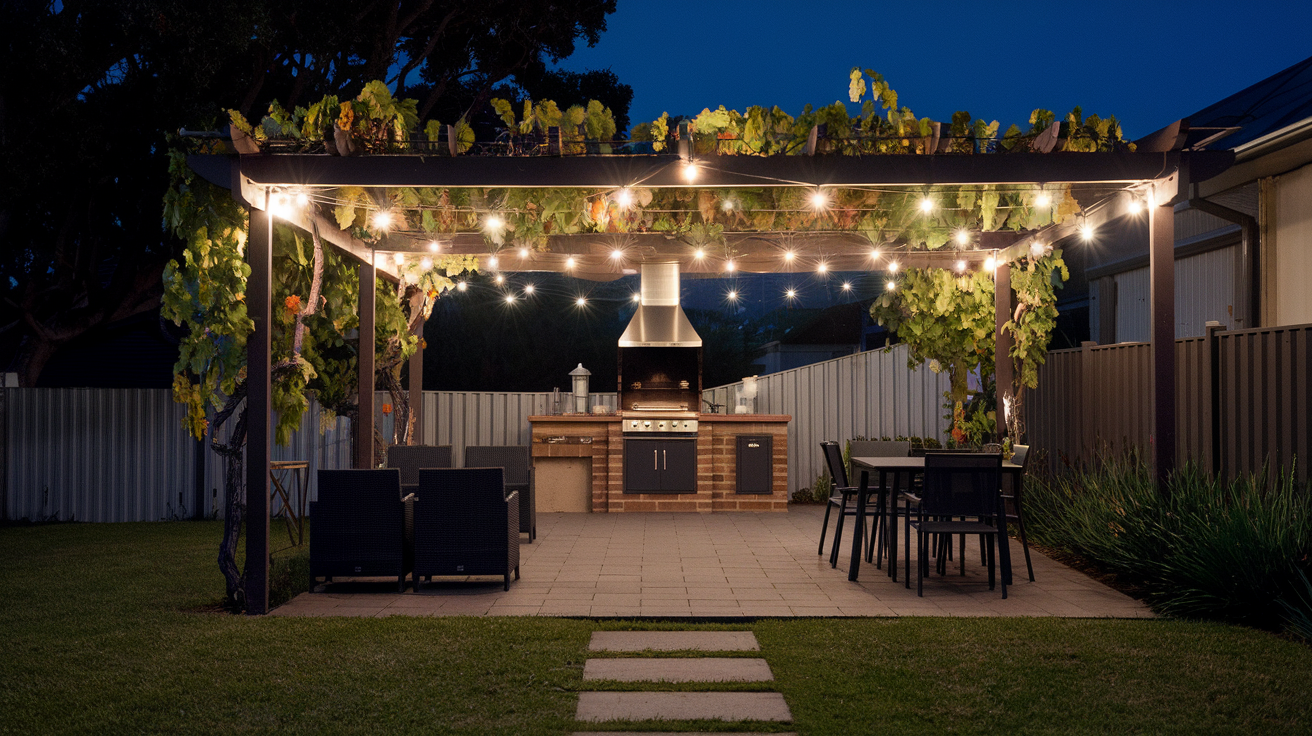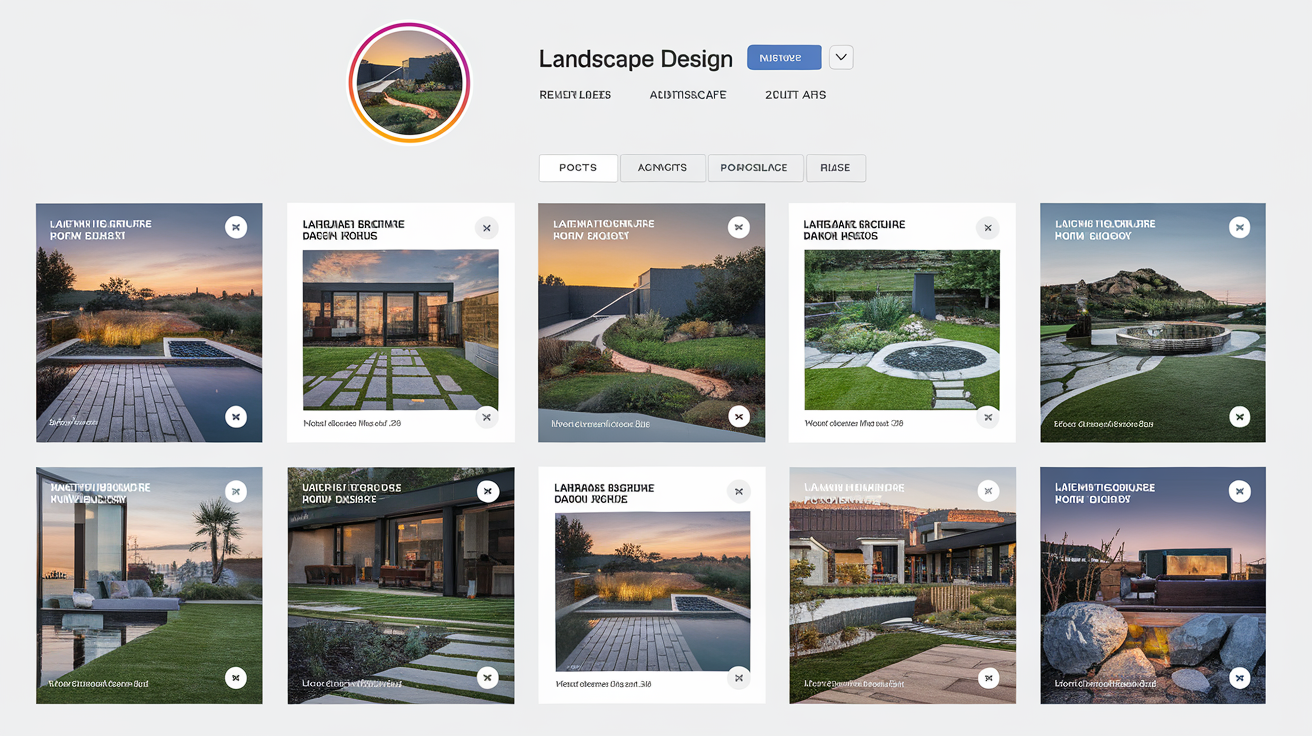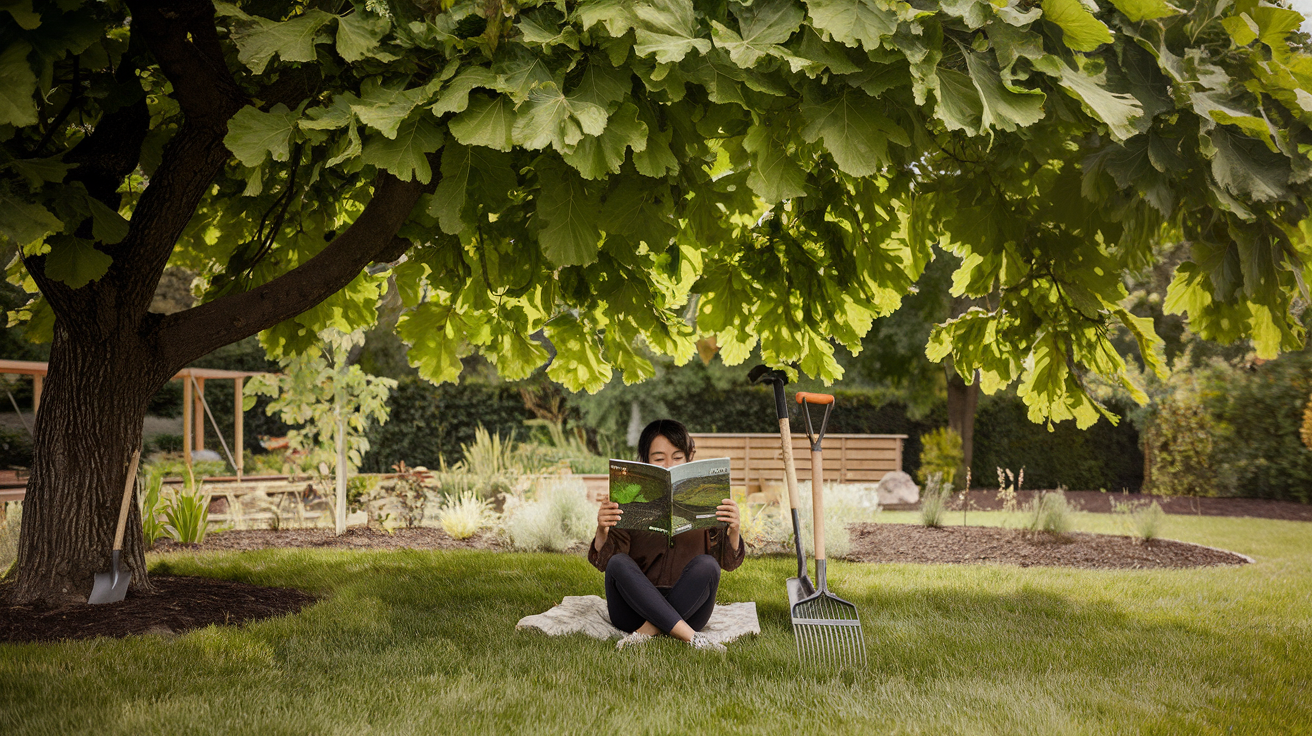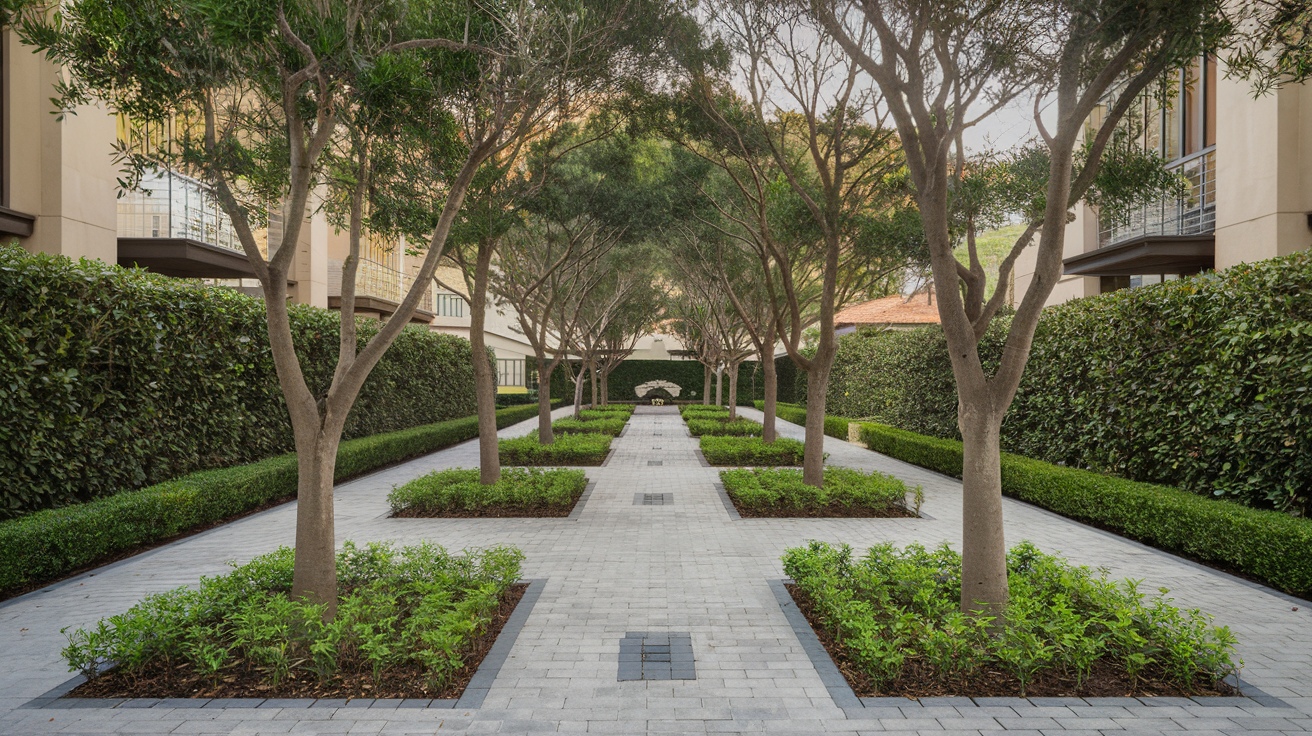From Classroom to Career: Success in Landscape Design! How do you prepare for the next step? Transitioning from academic studies to a professional career in landscape design is an exciting journey that blends creativity, technical expertise, and environmental stewardship.
Continue readingEdible Landscaping: A Practical Guide Using Permaculture Principles
Incorporating edible plants into your landscape is a rewarding way to create a beautiful, functional, and sustainable environment. Edible landscaping, when designed with permaculture principles, goes beyond aesthetics—it turns your garden into a productive ecosystem that nourishes both you and the planet. Here’s how to get started.
Continue readingHow to Streamline Your Client Onboarding Process for a Better Experience
Streamline your client onboarding process to deliver seamless, professional service in your landscape design business.
Continue reading5 Mistakes to Avoid When Starting Your Landscape Design Business
Here are five common mistakes to avoid when starting your landscape design business, with actionable tips and resources to help you succeed.
Continue readingWildlife-Friendly Landscaping: Designing With Nature in Mind (Australian Context)
Create thriving outdoor spaces with Wildlife Friendly Landscape Design. Australian property owners increasingly value landscapes that support local ecosystems. By integrating wildlife-friendly features into your designs, you can meet client goals, protect biodiversity, and promote ecological health. Discover strategies and locally relevant resources to design landscapes that are beautiful and beneficial for native wildlife.
Continue readingThe Psychology of Success: Unlocking Your Landscape Design Studio’s Potential
Create success in your landscape design studio by mastering Psychological Principles for Success in Landscape Design. Discover how to boost productivity, spark creativity, and build stronger client relationships. Learn actionable strategies to optimise your workflow and achieve greater fulfillment in your landscaping career.
Continue readingOutdoor Entertaining Spaces: Best Practices for Landscape Professionals
As a landscape professional, creating outdoor entertaining spaces demands a careful balance of aesthetics, functionality, and durability. Clients increasingly view their backyards as extensions of their living spaces—places to cook, dine, relax, and socialise. The following best practices highlight how to conceptualise, design, and implement multifaceted entertaining areas that impress clients and stand the test of time.
Continue readingGrow Your Landscape Business Online: 10 Social Media Tips to Boost Your Visibility
In today’s digital-first world, your landscaping business needs a strong social media presence to stand out. Potential clients often hop online before making any hiring decisions, which means that strategic, engaging posts can help you reach more eyes—and ultimately land more projects. Below are ten proven tips to grow your landscape business online and ensure you’re making a lasting impression.
Continue reading10 Must-Read Landscape Design Books for Your Summer Break
10 Must-Read Landscape Design Books for Your Summer Break! Summer is the perfect time to refresh your design perspective. There’s nothing quite like curling up with a good book that sparks fresh ideas, deepens your understanding of natural processes, and challenges your creative boundaries. Below are 10 essential titles that will not only help you hone your craft but also inspire you to think differently about the spaces you create.
Continue readingEvery Landscape Designer Should Understand Tree Selection/Specification
For landscape designers, understanding tree selection and specification is na critical component of creating functional outdoor spaces. Choosing the right tree for the right place ensures long-term success for your designs and satisfaction for your clients.
Continue reading

